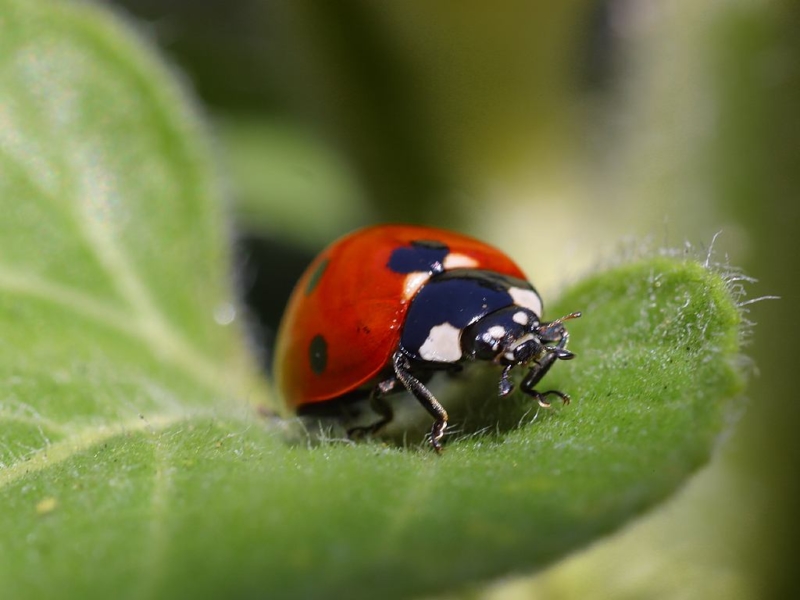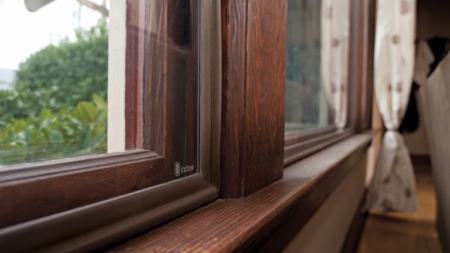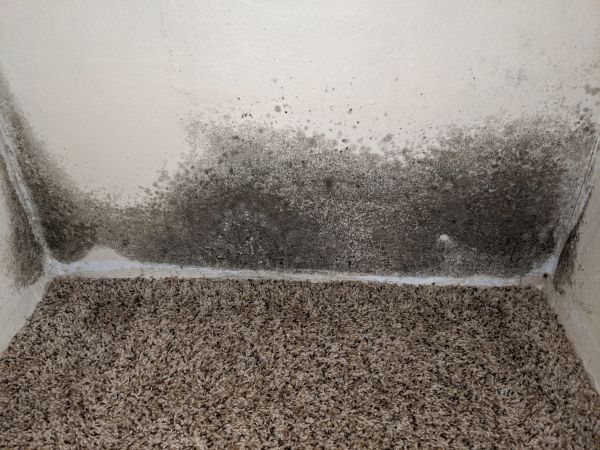Summer is a great time to enjoy gardens and outdoor gathering spaces. Soaking up the sunshine or feeling a warm breeze under the moonlight is even better without having to swat away mosquitoes or deal with other irksome bugs. There are various ways to help make spending time in outdoor spaces fun with fewer swarms of pests.
Eliminate stagnant water to avoid attracting mosquitoes. Ponds, kiddie pools, improperly drained yards, plates under flowerpots, buckets, gutters, open garbage cans, and even a dropped bottle cap can hold standing water and serve as a breeding spot for mosquitoes. Swimming pools with good working filters and chlorinated water tend to be fine though.
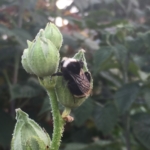
Fuzzy bee
Other than mosquitoes, how do you tell the difference between good bugs and bad bugs in an outdoor gathering space or garden? Ask yourself which bugs are eating the garden (such as chewing holes in leaves) or are pesky to humans versus which bugs are helping to defend the garden.
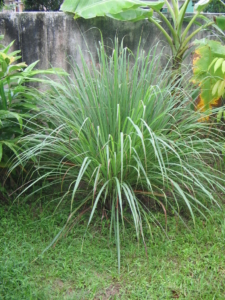
Lemongrass
Consider adding plants that are natural insect repellents. These plants produce defensive chemicals and can add aesthetic appeal. Some excellent natural insect repellents include:
- Lemongrass – The citronella oil in lemongrass repels mosquitoes and other pests, plus it has a pleasant slight citrus scent. Plant lemongrass in sunny areas.
- Mint – Repels biting insects. It smells good and can be used to make medicinal tea. Plant mint in pots otherwise it will spread rapidly in a yard.
- Catnip – This member of the mint family wards away pests with nepetalactone, the same property that attracts cats. It has a relaxing effect on humans when used in tea.
- Rosemary – Rosemary tastes yummy to many people, but it repels mosquitoes and protects vegetable plants from pest infestation.
- Basil – The oil in basil kills mosquito eggs, plus it wards off flies and adult mosquitoes. Plant basil in pots near gathering areas. Basil is also quite tasty!
- Lavender – Flies and mosquitoes find lavender to be repulsive while many people enjoy the relaxing scent of this plant. Plant lavender in sunny areas or keep a few bouquets in gathering areas.
- Petunias – These bright flowers help to keep aphids, beetles, and squash bugs out of the yard. Petunias thrive well in sunny areas.
- Marigolds – These pretty flowers repel mosquitoes and aphids. Like petunias, they do best in sunny areas.
- Chrysanthemums – These flowers contain pyrethrins, a compound used in some commercial repellents, which helps to keep away mosquitoes, ticks, silverfish, beetles, and roaches.
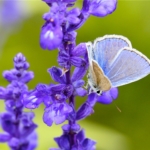
Butterfly on lavender
To bring beneficial bugs to an outdoor area, add a diverse selection of plants. The various pollens and nectars will attract different insects, plus diversity will lead to a healthier yard ecosystem. Even leaving an occasional weed will add to the diversity of plants and therefore increase the variety of helpful insects. Plants that are native to our area in the Pacific Northwest are especially proficient at attracting pollinators, such as honeybees. If possible, plant in vertical layers, such as catmint and alyssum under roses to attract ladybugs and lacewings. Beneficial insects consume pollen as adults while their larvae will eat the bad bugs.
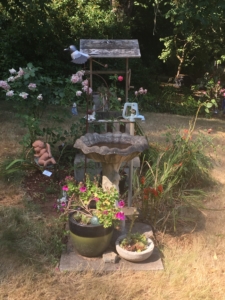
Garden birdbath
Attract birds to the outdoor space. Birds consume bad bugs and create a more pleasant atmosphere. Consider adding a birdbath if you don’t already have one. Keep the birdbath tidy and fresh without leftover winter debris. Seed and fruit-bearing plants, such as honeysuckle, sunflower, echinacea, aster, and zinnea are enjoyed by birds.
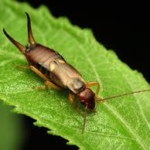
Earwig
Some bad bugs, such as earwigs, like hiding places that are damp and dark (under firewood, in leaf piles, mulch, spaces under flower pots, etc). Earwigs don’t actually enter the ears of people, but they will feed on and cause damage to strawberries, lettuce, roses, and other plants. The only drawback to eliminating these hiding places is that rove beetles, a good bug that eats mites, flies, aphids, mosquitoes, fleas, and fly maggots, also prefer the same areas.
There are also ways to make natural and safe, even for small children and pets, insect repellent sprays and roll-ons.
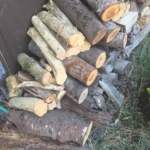
Log piles will attract both earwigs and rove beetles
The Hippy Homemaker has a recipe for a good blend of essential oils, as well as a detailed description of what each ingredient is. In addition, citronella candles are a pleasant-smelling and safe way to repel mosquitoes.
Eliminating stagnant water, identifying beneficial bugs vs harmful bugs, attracting good bugs and repelling bag bugs with certain plants, creating a pleasant environment for birds, considering what to do with damp and dark spaces, and using natural resources to repel pests will all contribute to a harmonious outdoor space during the summer months.
Other helpful resources:

